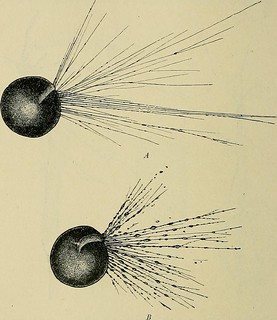- External URL
- Creation
-
Creators (Definite): Edwin Sisterton Clarke; Stephen JacynaDate: 1987
- Current Holder(s)
-
- No links match your filters. Clear Filters
-
Cited by
 Henri Bergson's Physiological Psychology: Vitalism and Organicism at the Start of the Twentieth Century
Henri Bergson's Physiological Psychology: Vitalism and Organicism at the Start of the Twentieth Century
Description:'by altering the proximity of each cell to one another, amoeboid movement altered the extent to which electrical nerve-impulses could be communicated. The psychologically-individual cells of the nervous system combined to create a greater whole.
Contrasting with this conception of cellular activity was an alternative, 'network'-centred vision of neurological connection. Though the notion that the body was permeated by a fibrous network of nerves through which organs communicated had been prominent in physiology prior to the nineteenth century, this had been sidelined as the cell theory had been established. In 1869 however, Thomas Henry Huxley had prominently declared protoplasm the 'physical basis of life'.'
-
Cited by
 T. Quick, 'Disciplining Physiological Psychology: Cinematographs as Epistemic Devices, 1897-1922', Science in Context 30 (4), pp. 423-474.
T. Quick, 'Disciplining Physiological Psychology: Cinematographs as Epistemic Devices, 1897-1922', Science in Context 30 (4), pp. 423-474.
Description:'Though experimental intervention in nerves had become increasingly routine for French and German physiologists by the 1860s, and the phenomenon in which nerves disintegrated following the introduction of a lesion to them had been described by Augustus Volney Waller as early as 1850, it was only during the 1870s and 1880s - when Sherrington was a student at Cambridge - that 'degeneration' studies began to be taken up by British physiologists in any systematic manner (Lesch 1984, 175-178, 191-196; Clarke and Jacyna 1987, 197-202, 249-259; Lawrence 2009, 456-457, 464-466).'
'Though the notion that the body was permeated by a fibrous network of nerves through which organs communicated had been prominent in physiology prior to the nineteenth century, this had been sidelined as the cell theory had been established (Clarke and Jacyna 1987, 311-315. 350-367).'







